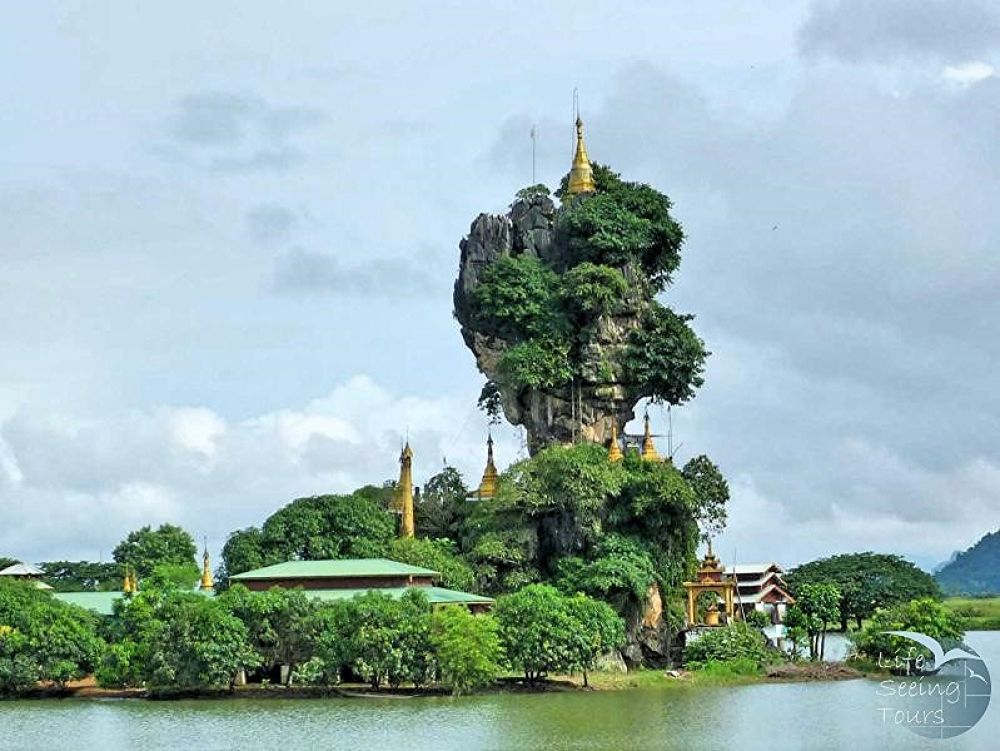

Known for its stunning landscapes, rich cultures, and spiritual landmarks, Hpa-An in Myanmar (formerly Burma) is a destination that has quietly made a name for itself in the world of travel and tourism. Situated in the Kayin State, this serene location is often noted for its dramatic karst mountain scenery and the famous Mount Zwekabin.
The history of tourism in Hpa-An is relatively young compared to other regions, as Myanmar itself only began opening to tourists in the late 20th century. Initially, Hpa-An was a destination primarily for intrepid travelers and backpackers seeking off-the-beaten-path experiences away from the more frequented tourist routes in Myanmar.
In the past, the challenging political climate in Myanmar had kept the tourism industry at bay. However, the easing of government restrictions in the early 2010s gave a significant boost to the country's tourism, and as a result, Hpa-An began to emerge as a location of profound natural beauty and cultural heritage attracting tourists globally.
Attractions like the Saddan Cave, a vast limestone cave housing myriad Buddha statues and pagodas, and the Lumbini Garden with its thousands of identical Buddha figures against the backdrop of Mount Zwekabin, have strengthened Hpa-An's appeal. The history-steeped Kyauk Kalap, a pagoda perched atop a peculiar column of rock in the middle of a lake, is a testament to the region's spiritual allure and natural wonders.
In recent years, there has been a growing trend towards eco-tourism and community-based tourism, which has been gaining traction in Hpa-An. This trend focuses on sustainability and on providing visitors with authentic experiences while simultaneously contributing to local economies and preservation efforts.
Another trend is the increasing popularity of adventure tourism, with Hpa-An offering opportunities for hiking, cave exploration, and kayaking. The terrains around Hpa-An are ideal for treks, with local guides leading travelers through rural landscapes, introducing them to the local Karen community's lifestyle and practices.
The global pandemic has, however, impacted tourism significantly worldwide, and Hpa-An has not been immune to these downturns. Travel restrictions have led to a steep decline in international tourist arrivals. Nevertheless, there is a sense of optimism that as the world reopens, tourists will return to revel in the serene beauty and cultural richness that Hpa-An has to offer.
In conclusion, as travel resumes, Hpa-An's rich tapestry of cultural heritage and breathtaking landscapes make it poised for a resurgence in tourism. While preserving its history and ecology, Hpa-An is gradually transforming into a coveted destination for travelers seeking tranquility, adventure, and a touch of the spiritual.